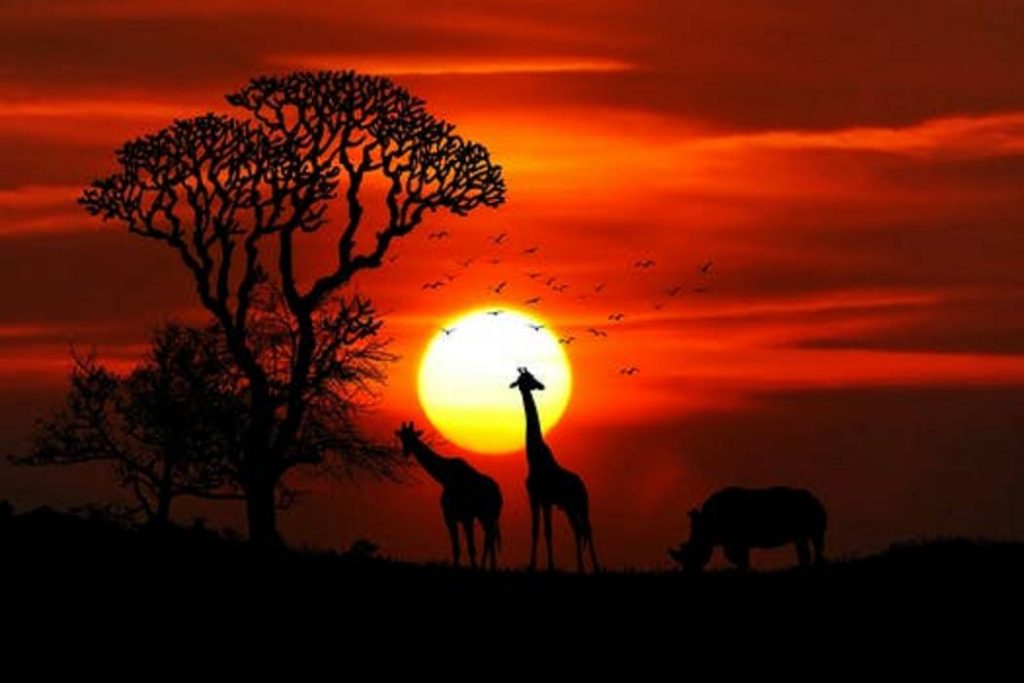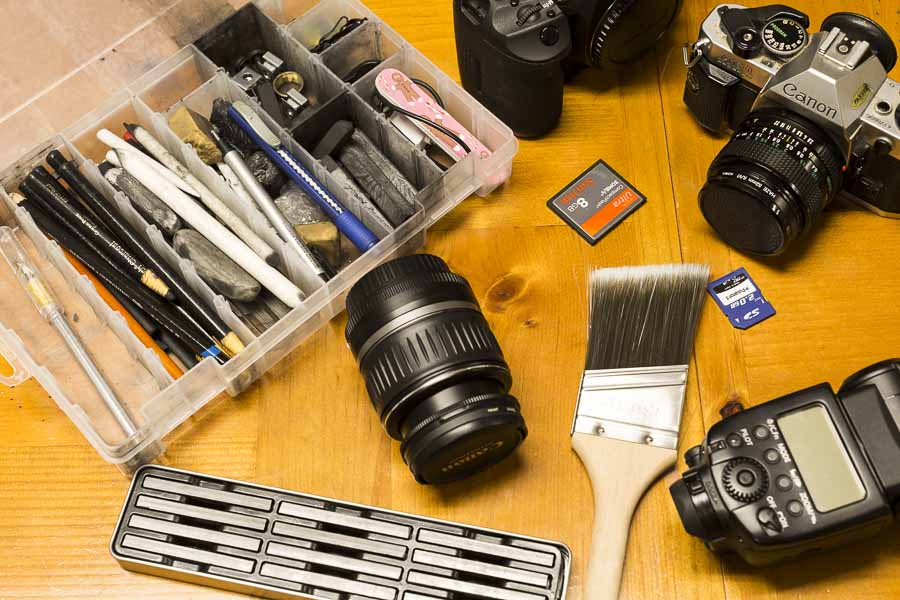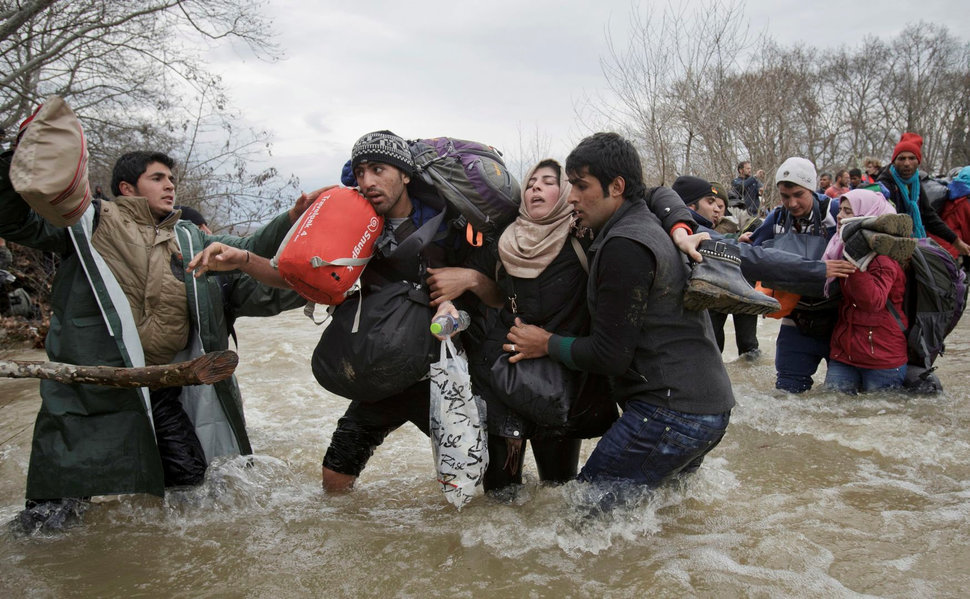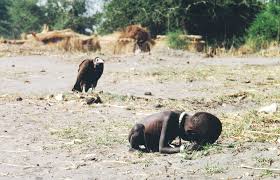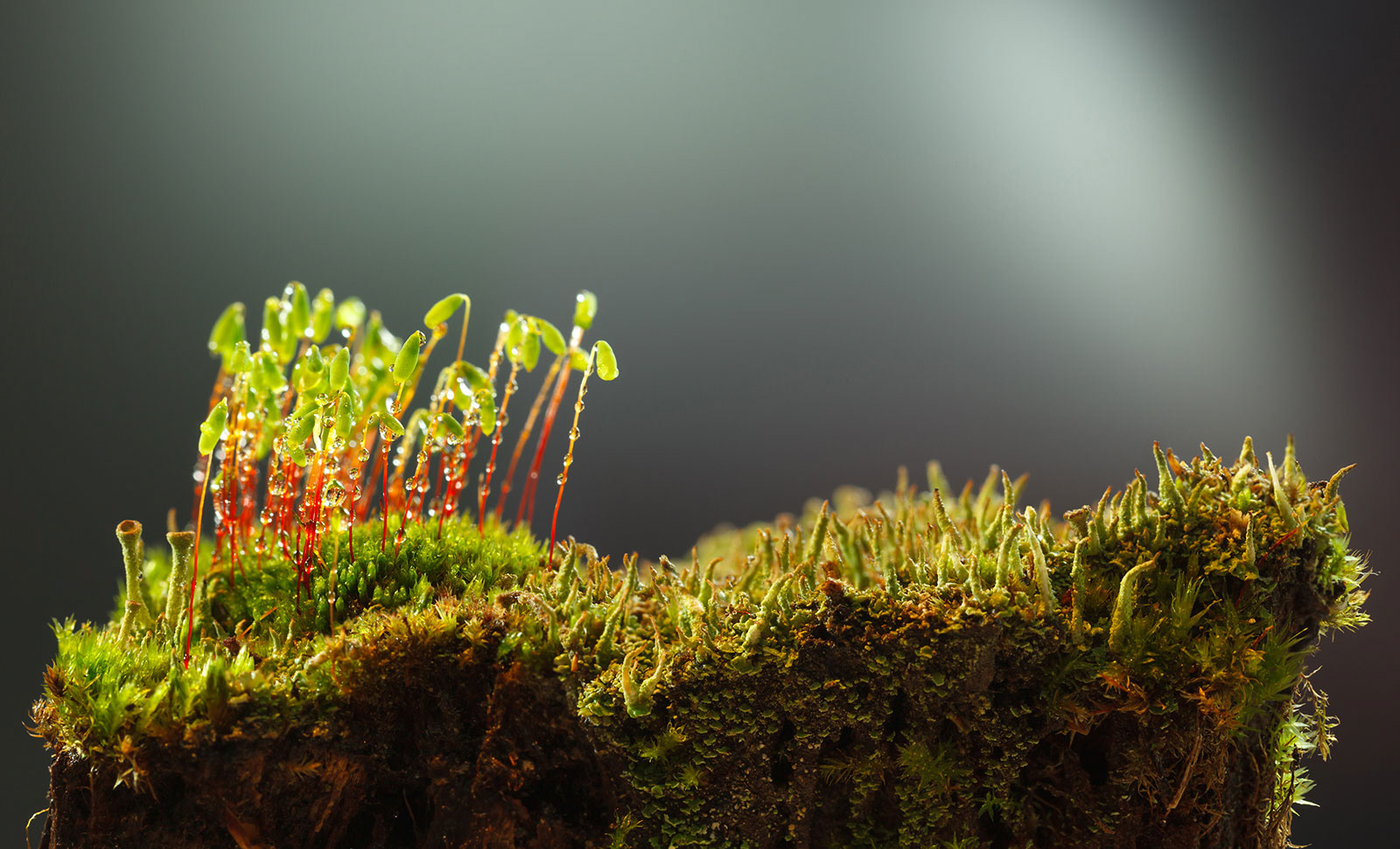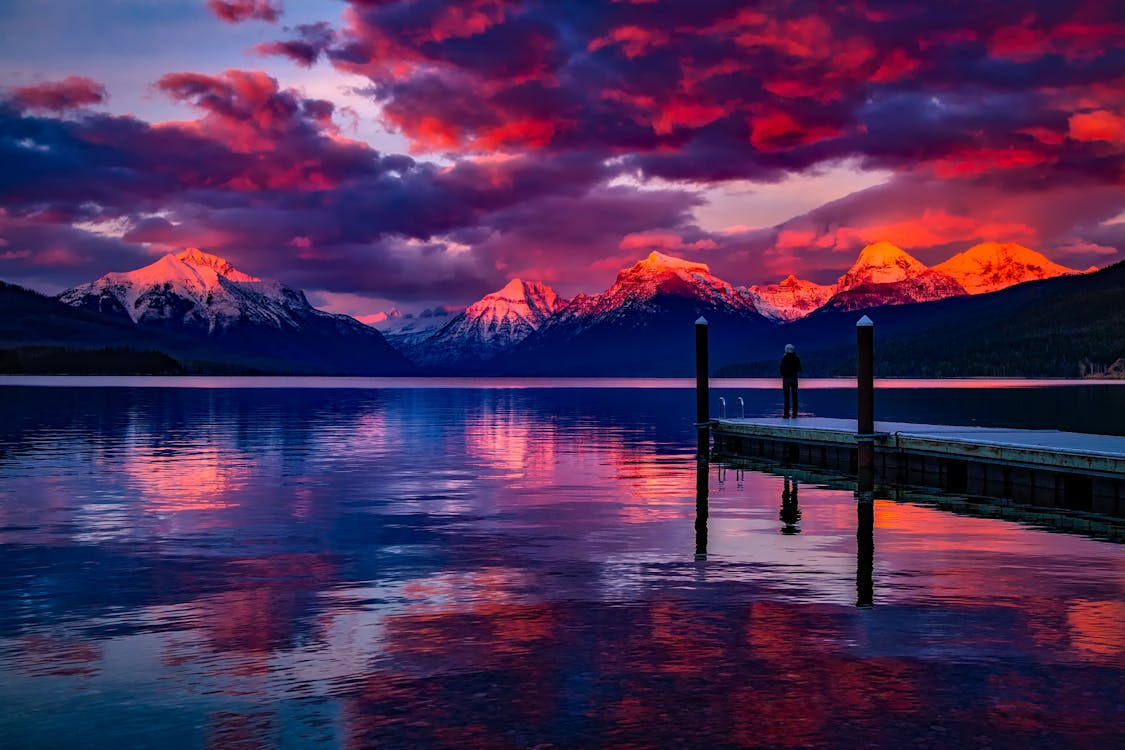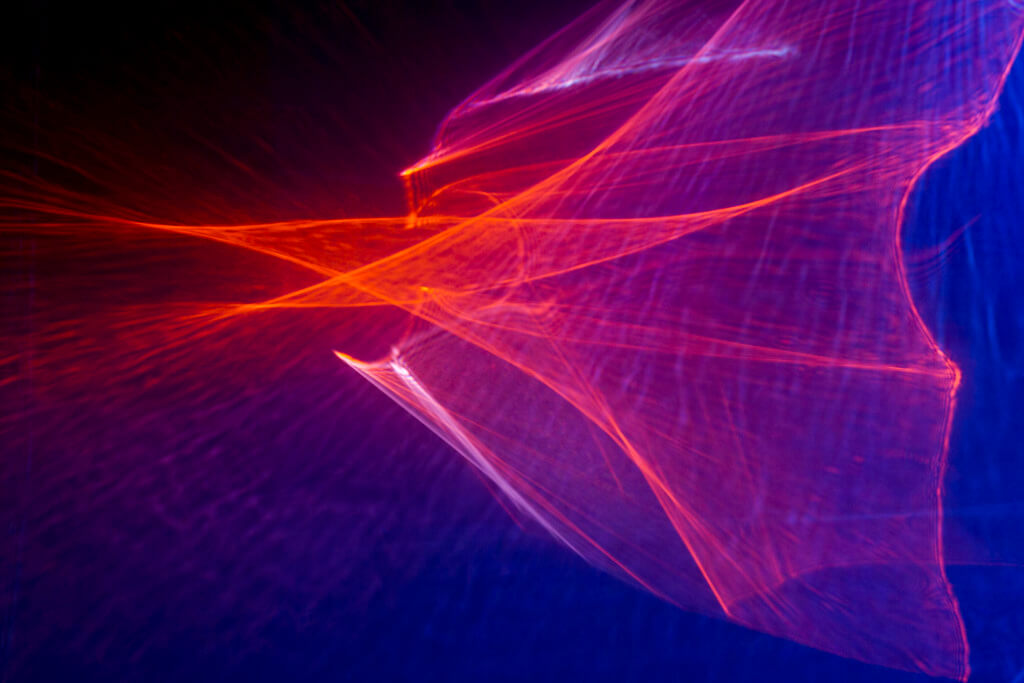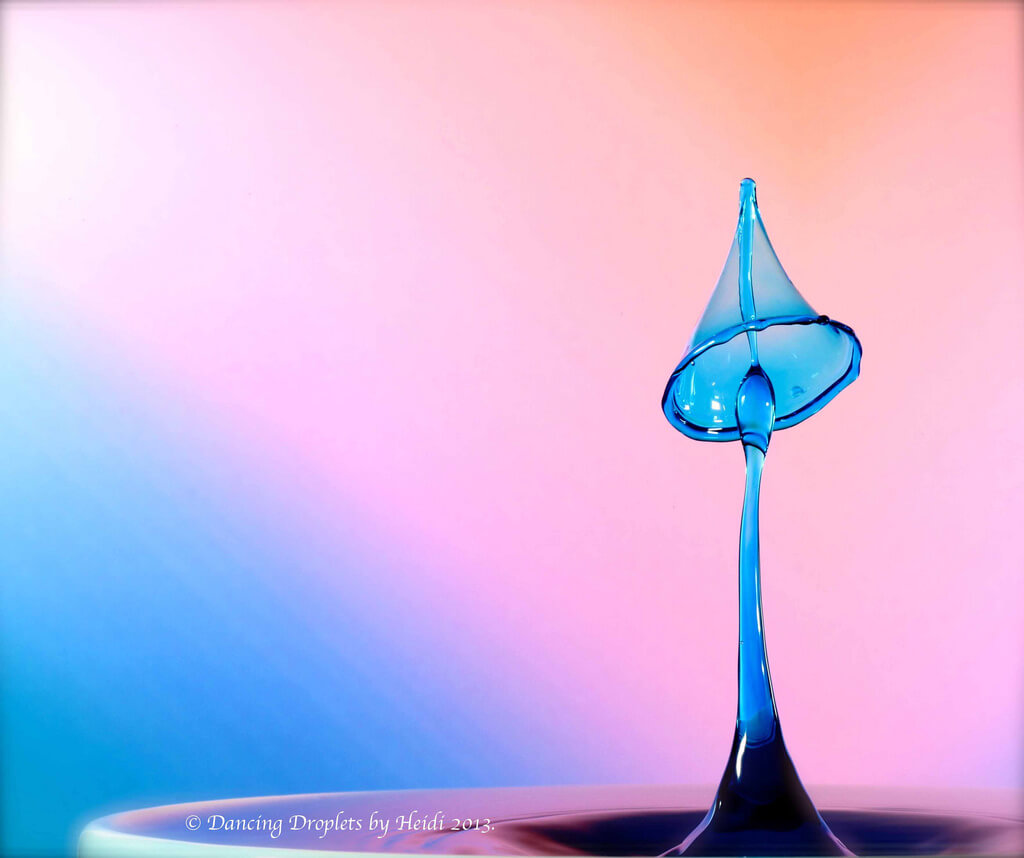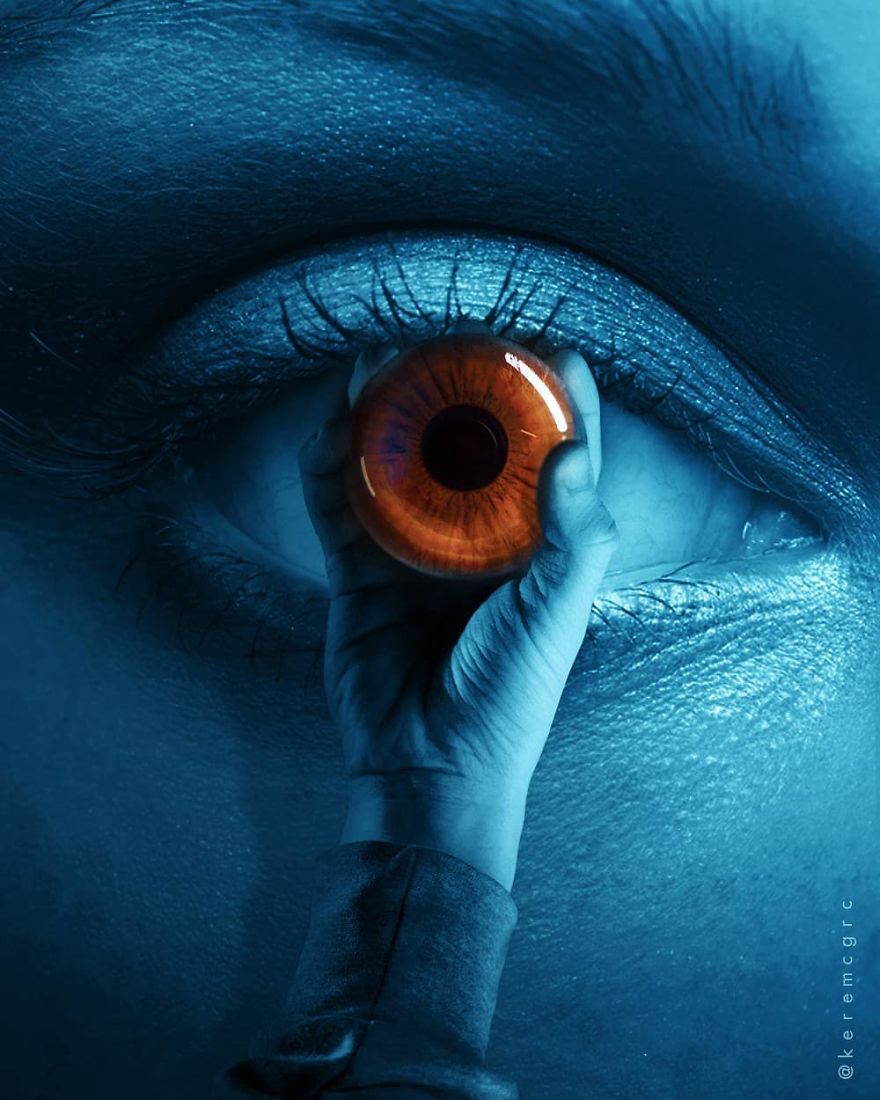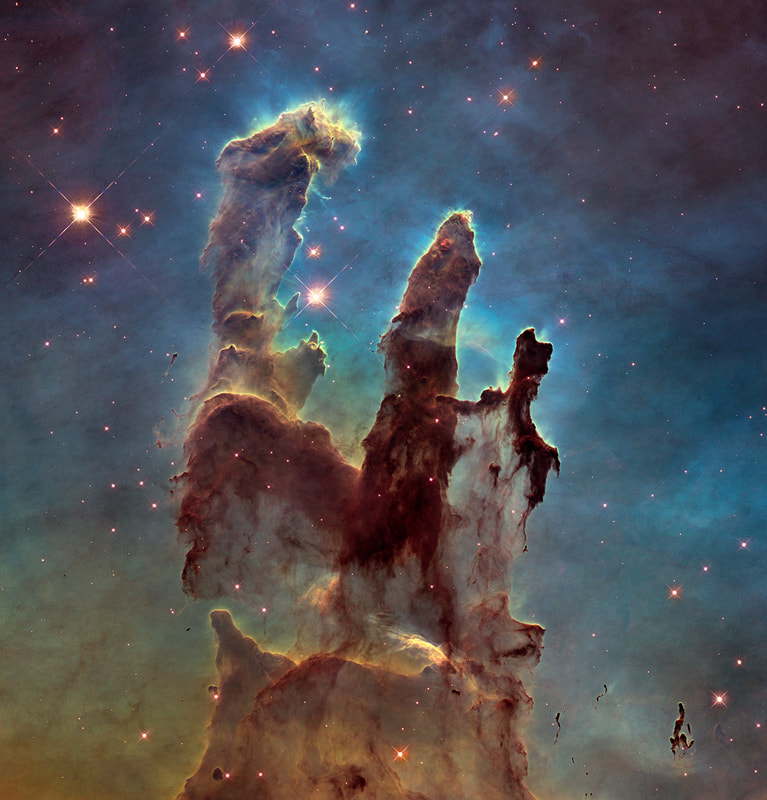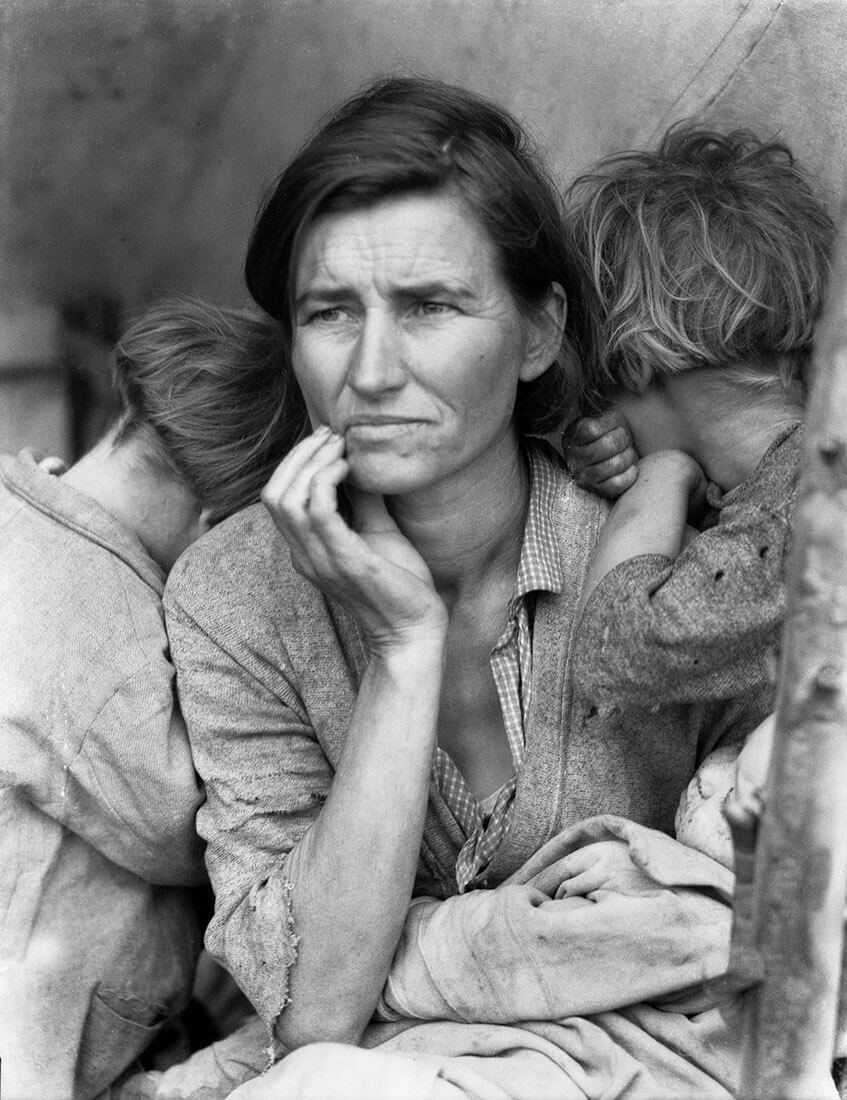A bit of history
The British scientist Sir John Herschel discovered the cyanotype process in 1842.
The process remains the same today, producing a white image on a deep blue background.
Cyanotype is a photographic printing process that produces a cyan-blue print. Engineers used the process well into the 20th century as a simple and low-cost process to produce copies of drawings, referred to as blueprints. The process uses two chemicals: ferric ammonium citrate and potassium ferricyanide.

Anna Atkins
Born: March 16, 1799, Tonbridge, United Kingdom
Died: June 9, 1871,
English botanical artist, collector and photographer Anna Atkins was the first person to illustrate a book with photographic images. Her nineteenth-century cyanotypes used light exposure and a simple chemical process to create impressively detailed blueprints of botanical specimens.
Anna’s innovative use of new photographic technologies merged art and science, and exemplified the exceptional potential of photography in books.
Anna’s self-published her detailed and meticulous botanical images using the cyanotype photographic process in her 1843 book, Photographs of British Algae: Cyanotype Impressions. With a limited number of copies, it was the first book ever to be printed and illustrated by photography.
You can view images from the book …
How to make Cyanotype Prints
Materials
- Pre-prepared cyanotype paper
- A piece of cardboard
- Acrylic or glass sheet
- Bulldog clips – or you can use masking tape or sellotape instead
- An interesting range of objects to create your print from
- Alternatively, you can print out an image on clear transparency to create your blueprint from…
Tips
- You could source a piece of acrylic from a picture frame and even put it back afterwards!
- The cyanotype paper is light sensitive, so only take it out when you are ready to start using it, and protect the remaining sheets from light.
- When exposing your composition to light, watch the paper slowly change from blue to almost white. This should take around 3-5 minutes in full sun but longer if it is cloudy.
- Wash your print for at least one minute using gentle cold water.
- When it is dry leave your print under a pile of books overnight to flatten it out.
Task
- Create a blog post that describes and explain the cyanotype as both a science and an art-form
- Include visual examples
- Include reference to Anna Atkins and other photographers who have experimented with cyanotypes
- Include your cyanotype experiment (s)



